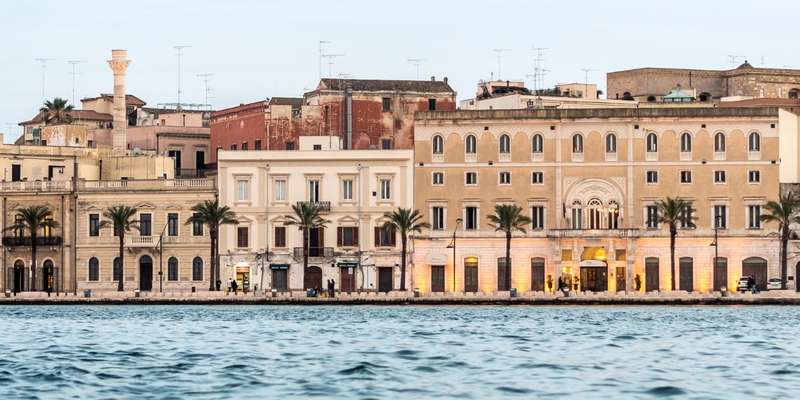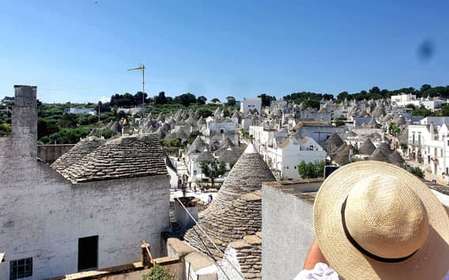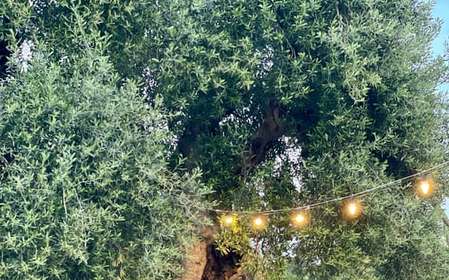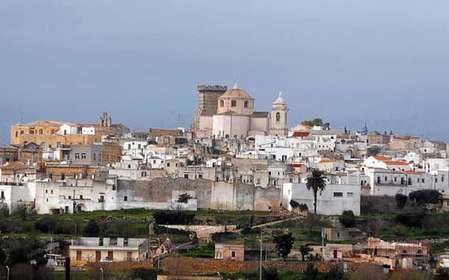- Home
- Useful Tips
- Guided nature hikes near Brindisi
Exploring Brindisi's natural beauty presents a paradox – while 78% of travelers seek authentic outdoor experiences, most end up crowding the same overbooked trails. The frustration is palpable: arriving at a promised 'hidden gem' only to find packed parking lots, or worse, missing seasonal blooms by mere days. Local ecosystems here demand nuanced understanding; what appears as a harmless footpath in spring might become dangerously slippery after summer storms. Without insider knowledge, you risk either joining the tourist herds or venturing unprepared into delicate coastal habitats. This disconnect leaves visitors exhausted when they should be rejuvenated, spending vacation time researching when they could be immersing in Puglia's aromatic macchia landscapes.


Avoiding overcrowded trails near Brindisi
The Torre Guaceto Nature Reserve sees visitor numbers triple in peak season, but few realize its 300+ hectares contain quiet alternatives to the main coastal loop. Local guides recommend the inland 'Sentiero del Lentisco' before 8am, when migrating birds dominate the soundscape instead of tourist chatter. Another secret lies in timing your hike with the scirocco winds – while most avoid these days, the breeze carries intense herbal fragrances from wild rosemary bushes. For guaranteed solitude, the lesser-known Bosco di Santa Teresa offers shaded Aleppo pine trails just 25 minutes from Brindisi Airport. Rangers here confirm over 60% of daily visitors never venture beyond the first picnic area, leaving kilometer after kilometer of undisturbed trails where you might spot rare orchids or Hermann's tortoises.
Essential gear for Puglia's unpredictable terrain
Brindisi's limestone karst formations create stunning vistas but demand proper footwear – standard sneakers won't grip the scaglia stone after morning dew. Experienced hikers pack three non-negotiable items: ankle-supporting boots with Vibram soles, a windbreaker (even in summer), and twice as much water as you'd expect. The Mediterranean sun reflects intensely off white rocks, with temperatures feeling 10°C hotter than shaded areas just meters away. Local outdoor shops rent specialized equipment like telescopic hiking poles perfect for Gravina di Laterza's canyon trails. For DIY solutions, farmers markets sell affordable linen scarves that double as sun protection and emergency water filters in this arid landscape.
Decoding Brindisi's hiking seasons
Puglia's hiking calendar defies Mediterranean stereotypes – February brings explosive wildflower displays in the Parco Dune Costiere, while July's heat makes coastal trails hazardous without pre-dawn starts. Locals swear by the 'shoulder hours' from late September through October, when 23°C temperatures coincide with migratory bird spectacles. Winter reveals hidden archaeological sites normally obscured by vegetation, though November rains require checking the real-time Sentieri Puglia app for flash flood alerts. Each season unlocks unique experiences: spring's night hikes for bioluminescent fungi, summer's full-moon beach walks, autumn's olive harvest routes connecting ancient masserie farmsteads.
Local-guided vs independent hiking options
While Brindisi's trails are technically accessible alone, 92% of visitors miss subtle markers indicating private land or protected zones. Ethical guided hikes like those from Cooperativa Serapia include permissions to access normally restricted areas like cave networks and coastal watchtowers. Their marine biologist-led tours decode shoreline ecosystems in ways no guidebook could. For self-guided alternatives, the Brindisi Tourism Office provides free GPS tracks with embedded audio commentary about historical shepherd paths. Budget-conscious travelers can join the 'Trekking del Gusto' Facebook group, where locals organize weekly group hikes ending at family-run trattorias for authentic cucina povera meals.



